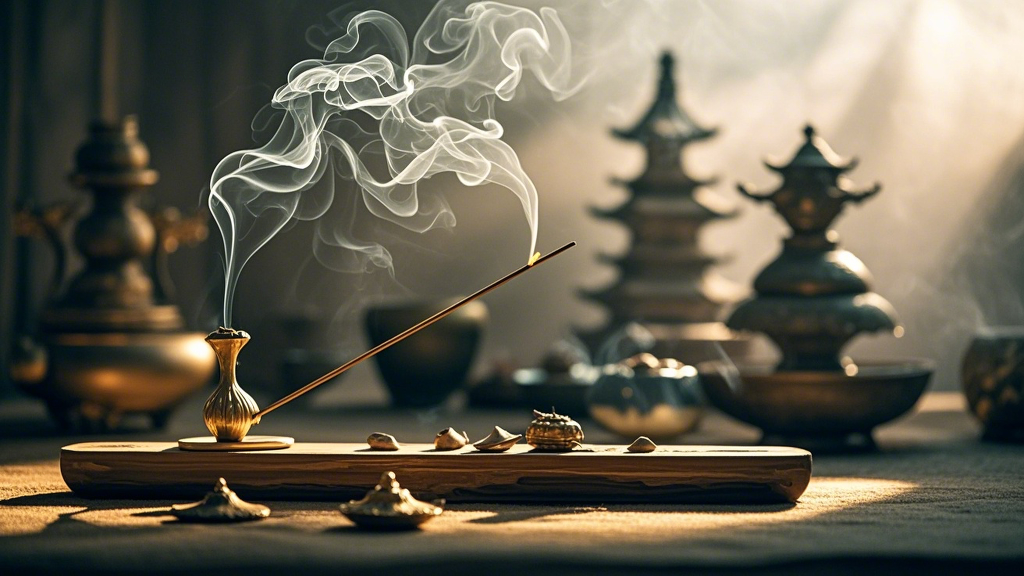The Ancient Materials Used in the Production of Incense Sticks

Incense has been an integral part of various cultures for centuries, serving purposes ranging from religious rituals to personal meditation. Among the different forms of incense, incense sticks, or "agarbatti," hold a special place due to their convenience and aromatic properties. This blog post explores the ancient materials used in the production of incense sticks.
1. Natural Resins
One of the primary ingredients in ancient incense making was natural resin. Resins such as frankincense and myrrh were highly valued for their aromatic properties and were often used in religious ceremonies. These resins are harvested from trees and have a rich, fragrant aroma when burned. They not only served as a base for incense sticks but also contributed to their spiritual significance.

2. Herbs and Plants
Various herbs and plants were utilized for their unique scents and therapeutic properties. Commonly used herbs included sandalwood, cedar, and patchouli. Sandalwood, in particular, was prized for its calming fragrance and was often ground into a fine powder to create a base for incense sticks. Other plants like lavender, rosemary, and even flowers such as jasmine were also incorporated to enhance the fragrance profile.

3. Essential Oils
With the advancement of distillation techniques, essential oils became a popular addition to incense production. These oils, extracted from flowers, leaves, and bark, provided a concentrated and long-lasting aroma. Ancient cultures often blended various essential oils to create unique scents, reflecting their local flora and cultural preferences.

4. Binders and Fillers
To form incense sticks, ancient artisans needed binders to hold the materials together. Natural binders such as honey, molasses, or plant gums were commonly used. These substances not only helped in shaping the incense but also contributed to the burning quality. Fillers like charcoal or sawdust were sometimes added to enhance the burning process and control the release of fragrance.

5. Charcoal
Charcoal played a crucial role in ancient incense stick production. It served as a filler and helped regulate the burning rate of the incense. The use of charcoal allowed for a slow and even burn, ensuring that the fragrance was released gradually, providing a more prolonged aromatic experience.

Conclusion
The art of making incense sticks in ancient times was a meticulous process that relied on a variety of natural materials. From fragrant resins and herbs to essential oils and natural binders, each component contributed to the overall experience of incense. Today, while modern techniques have evolved, the essence of these ancient materials continues to influence the production of incense, allowing us to connect with the rich traditions of the past.
Whether used for meditation, relaxation, or spiritual practices, incense sticks remain a beloved part of many cultures, carrying with them the fragrant legacy of ancient craftsmanship.
-
Posted in
Incense, Incense legacy, Incense Material, Incense Stick, Material







![[Simplicity Incense Trial Version] Incense Natural Incense Simplicity, 100% Natural Ingredients, Oriental Philosophy-Inspired Fragrance Practice.](http://therapyincense.com/cdn/shop/files/Chinese-Herbal-Incense-For-Healing_small.jpg?v=1735617918)